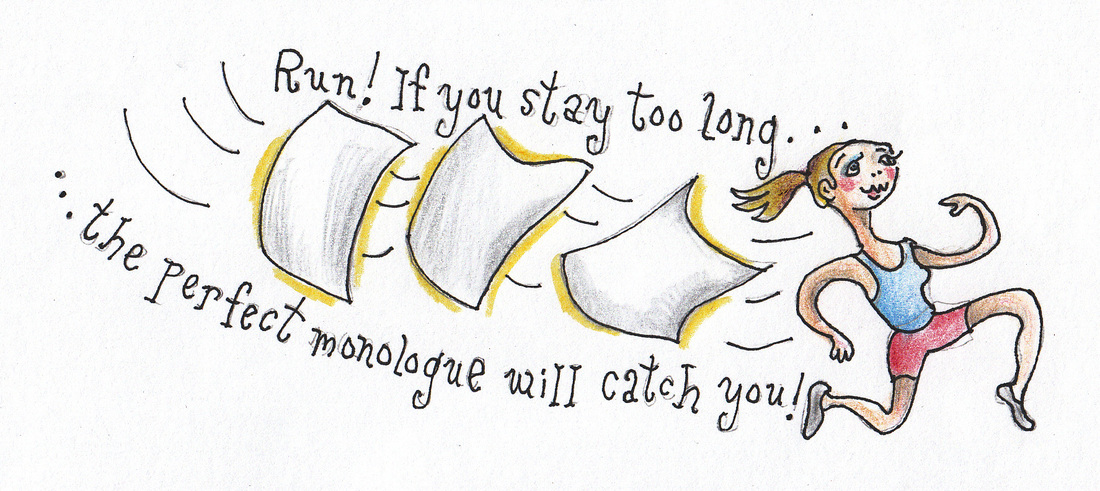

The emotional journey of the women involved gave Buffy’s visuals their power and visceral thrill. On a visual level, Buffy often took the imagery you’d expect of a show operating within the horror genre - a pretty blonde alone in a darkened alley, Dracula luring his prey with menacing charm, a demon lurking in the shadows - and twisted it into something radical and profound by making women the focal point. Whedon’s interest in feminism was explicit, present in the show’s visual choices, dialogue, and the ways it played with genre. I may no longer believe any show can be truly feminist (that’s too tricky a criterion to judge), but Buffy was one of the many things in my adolescence that sparked my interest in what it means to be a woman in the world and how necessary feminism is to our survival.
COMEDIC MONOLOGUES FOR WOMEN MATURE FULL
The 1990s were full of feminist vanguards in genre fiction, from The X- Files’ focused Dana Scully to the aggressive and campily humorous Xena of Xena: Warrior Princess. And it’s Buffy, the wonderfully complex lead character, who communicates these ideas time and again.
COMEDIC MONOLOGUES FOR WOMEN MATURE SERIES
The series was at its best charting women in moments of fraught transition - between victim and monster, heroine and villain, girlhood and womanhood - and subverting our expectations along the way. It crystallizes what made Buffy so fresh 20 years ago and still fresh today. She’s actually a vampire, and he’s dinner. Before he can react, she turns around to reveal a gruesome face and hideous fangs, marring the delicate looks that made us believe she was a victim just moments earlier. She’s a bundle of blonde anxiety, her eyes roving through the darkness. Of course, it’s the woman you’re worried about at first. The quiet is broken by a young couple breaking in. The camera careens through the shadowy halls and classrooms, beneath neatly aligned desks. It opens on an empty high school at night.


The first few minutes are a simple twist on horror film tropes, which Buffy mined over the course of its seven seasons. Rewatching the series as an adult, I realized why my preteen self fell so quickly for Buffy: the opening sequence. Buffy the Vampire Slayer, the Joss Whedon series that premiered 20 years ago Friday, centers on the 16-year-old Buffy (played with finely tuned vulnerability and humor by Sarah Michelle Gellar) as she goes through the usual pains of growing up while also being burdened by her destiny: She’s part of a line of young women chosen to be vampire slayers. I was almost 8 years old, flipping channels after another day at my Christian private school, and I happened upon the first episode of Buffy the Vampire Slayer, “Welcome to the Hellmouth.” I was never sure what specifically sparked my interest, which would turn into a lifelong obsession with the series. There are certain days that separate our lives into “befores” and “afters.” For me, one of those days is March 10, 1997. We’re republishing it in honor of Vulture’s Vampire Veek. This story was first published in March 2017. Sarah Michelle Gellar in season five’s “The Gift.”


 0 kommentar(er)
0 kommentar(er)
